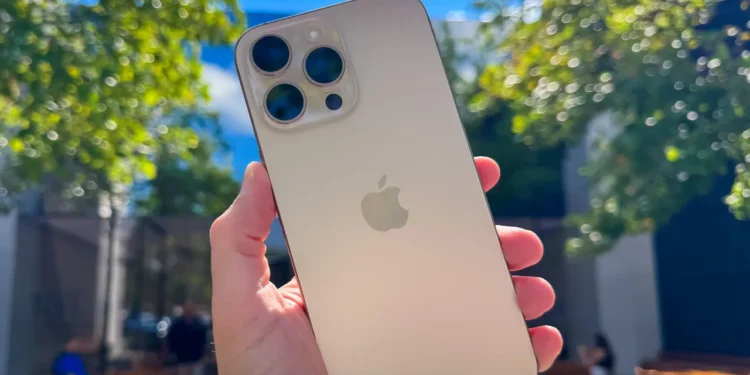A troubling trend has emerged among iPhone 16 Pro users, casting a shadow over what has been one of the most anticipated smartphone releases of the year. Several owners are facing frustrating touchscreen issues, with the device failing to register some taps and swipes. This problem affects essential phone interactions like scrolling, typing, and app navigation, turning what should be a seamless experience into a source of constant annoyance.
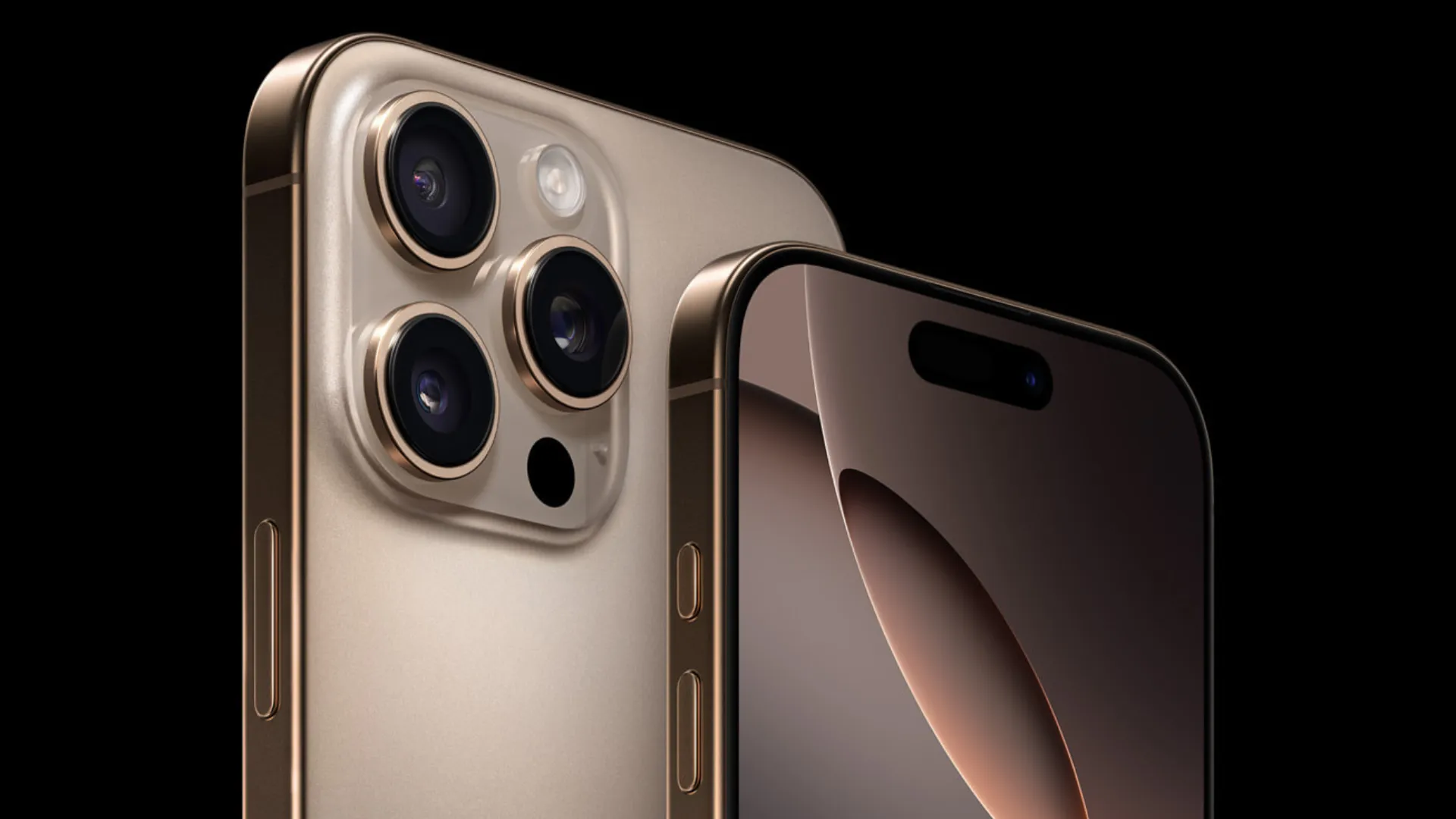
The Root of the Problem: Software or Hardware?
Upon investigation and corroborated by user experiences shared online, the core issue appears to be rooted in the iPhone’s software, specifically its accidental touch rejection algorithm. This feature, designed to prevent unintended inputs, seems to be overzealously filtering out legitimate touches as well. Notably, the problem isn’t isolated to specific areas of the screen; however, it’s more pronounced near the screen’s edges, particularly around the Camera Control area. Khaos Tian, a tech enthusiast, highlighted this issue in a detailed post on Mastodon, noting that even minimal contact with the screen edges can trigger this frustrating rejection of input. This sensitivity could be exacerbated by the iPhone 16 Pro’s sleek design, which features thinner bezels than ever before, making accidental edge touches more likely.
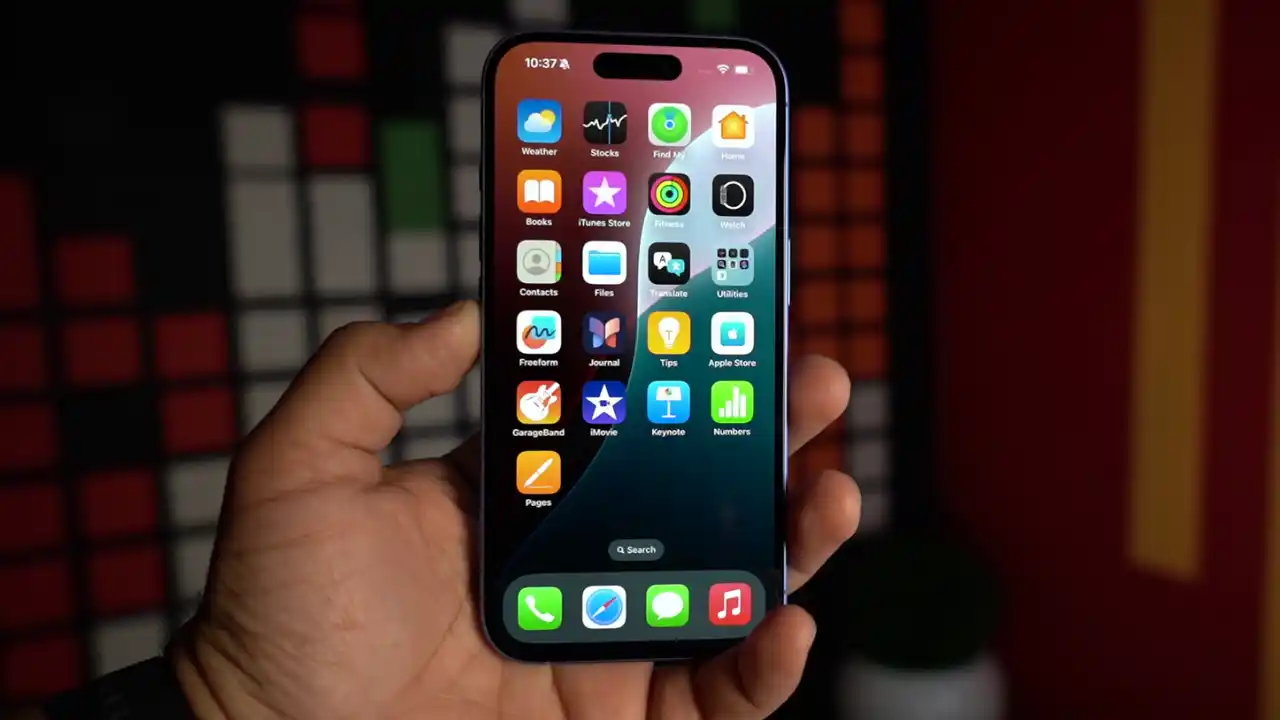
When and Where Do These Issues Occur?
The touchscreen responsiveness issue tends to manifest when the device is actively being used rather than when it is idle on the lock screen. This indicates that the underlying cause is likely tied to how the software interprets touch inputs during active sessions. The issue spans across various versions of iOS, including the latest iOS 18 and the iOS 18.1 beta, suggesting that a future software update could potentially resolve the problem.
Potential Solutions and Workarounds
While Apple has yet to formally address these complaints, the situation points towards a possible solution through a software update. In the meantime, users have found that using a case can somewhat mitigate the issue, as it helps prevent accidental touches along the device’s ultra-thin edges. However, this is not a foolproof solution, and many are left hoping for a prompt response from Apple.
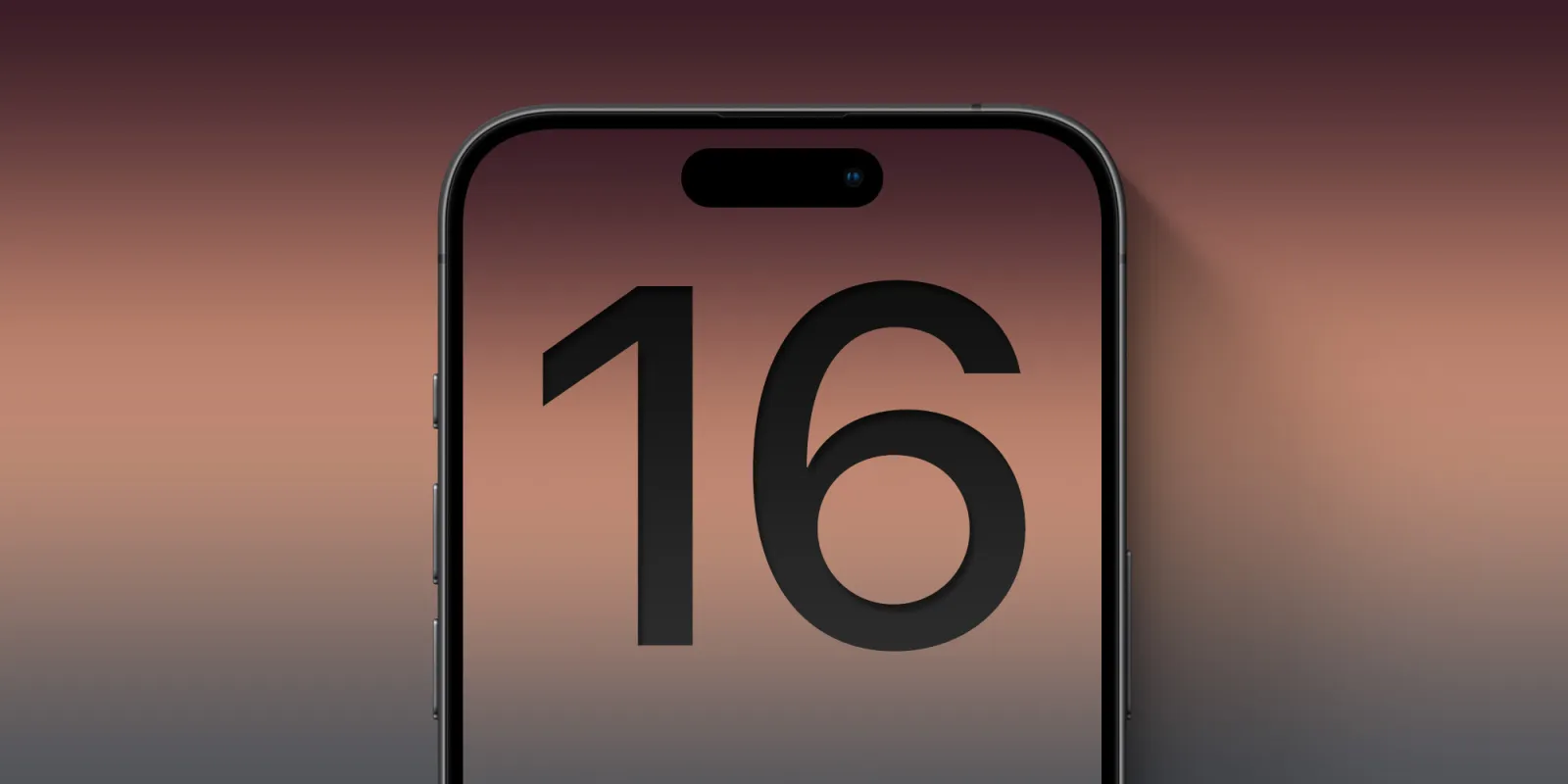
What Can Affected Users Do?
If you’re experiencing similar issues with your iPhone 16 Pro, consider the following tips:
- Use a protective case that shields the edges of the screen.
- Regularly update your device to ensure you have the latest software patches.
- Report the issue to Apple’s support team to aid in their troubleshooting and resolution development.
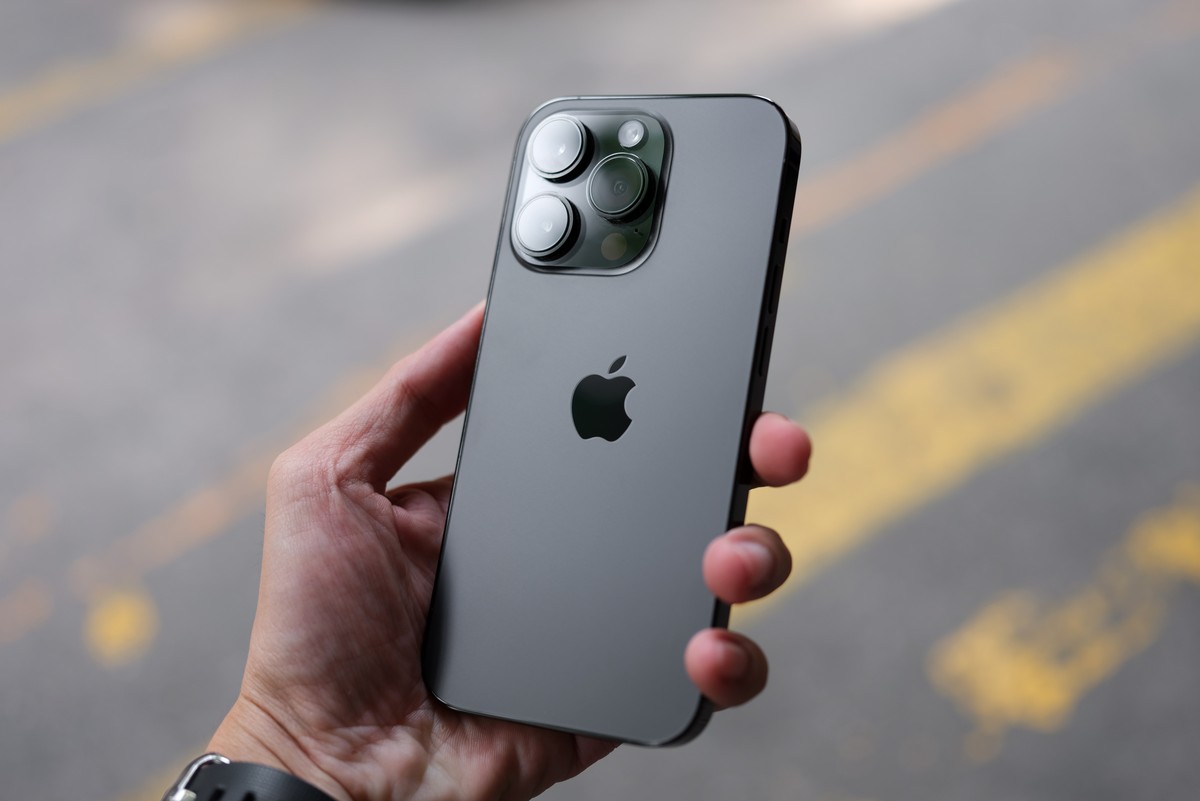
The iPhone 16 Pro’s touchscreen issues highlight a significant challenge in balancing advanced technology with user-friendly design. As Apple works towards a resolution, the tech community remains hopeful that these touchscreen troubles will soon be a thing of the past, allowing users to fully enjoy their high-end devices without compromise.

